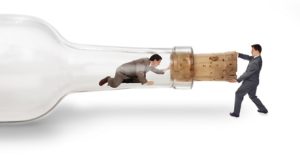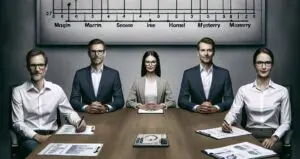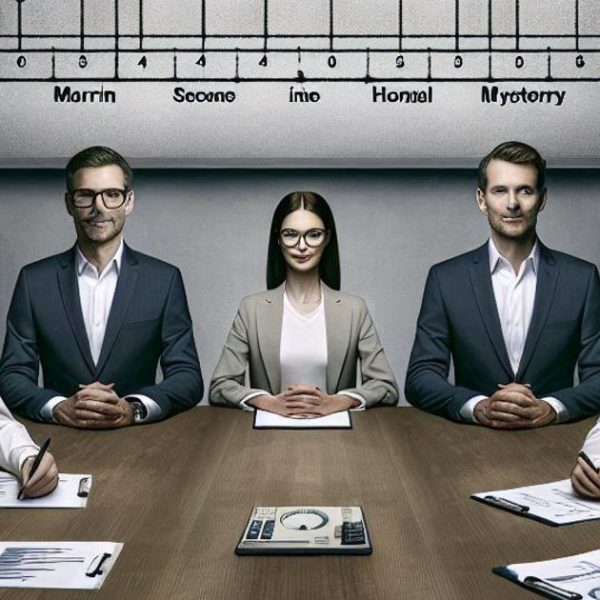Here’s one for debate around a cup of coffee or a glass of wine.
Most innovation occurs when creative people are relaxed and thinking about other things. Coffee, wine, quiet time, showers…
Coffee, wine, quiet time, showers…
How it occurs in large companies…
We all can picture the corporate R&D lab with tens of scientists working at white boards, or over computer models, or with prototypes. And we picture programmers working at their workstations or on their portable notebooks creating great new code.
But all those people are following the flash of inspiration that started their activity, and it is that flash we seek to reproduce again and again in a successful enterprise.
There’s an advantage to smaller, more agile creative organizations, even if it is an organization of one person.
This leads us back to coffee and wine, and showers, and quiet time.
[Email readers, continue here…] Given that we are looking for that flash of inspiration that starts us down the path of innovation through the hard work of R&D, maybe we should reengineer our thinking about allocation of time for our most creative resources, including ourselves. Think like we are agile to the extreme. Imagine no barriers to the creation of our dream. Wouldn’t that be empowering and productive?
But there are times when creativity comes under pressure.

Necessity, after all, is the mother of invention. But whole leaps into new groundbreaking areas of innovation most often come from times of reflection, when the mind is clear to dream ahead, to think without interruption.
So, there are those who subscribe to the coffee and wine school and encourage creative thinkers to find extra time in the early mornings or evenings to free the mind to innovate, to find the spark that could propel a company forward. As a part of a larger group or by yourself, this planned time for creative thinking is important to the successful outcome of a creative project.









my inspiration time usually occurs between 2-3 am, unfortunately. Maybe I should plan more time for wine?
THX!
Loved the post.
You do know that all my senior strategy meetings were held in wine country
So the wine as part of strategy worked well for me
Relaxed environment
Lubrication for free thought
Worked for me
Thank you, Dave, for your books and helpful insights. I’ve been incorporating them into my new venture finance and development courses for the past few years
Kind regards,
Craig E. Armstrong, Ph.D.
Associate Professor of Entrepreneurship and Strategic Management
University of Alabama
http://profcraigarmstrong.com
Full disclosure; about 33 US and worldwide patents have been published with my name. My innovations in office products, have resulted in very large sales and profit increases.
My latest patent was for a portable wind mill.
———
Overall, I agree with the premise that creativity occurs when we are relaxed. However, just the relaxed mindset alone is not enough.
I make a conscious decision to inform myself about the space (fill my mind with current status, and what possible improvements can do), then relax.
Relax means, almost meditate. This allows me to see technologies and solutions in completely unrelated products and services, as part of the possible improvements.
Got my name on only 33 patents; because I was thinking about making real products and services for marketing purposes.
————-
What are the conditions for me to be in the state of mind? For that matter, what conditions will put their employees in creative state of mind?
This is the fundamental question that goes unanswered by most organization that are trying to foster creativity in their organization.
I will be glad to help developing these answers.